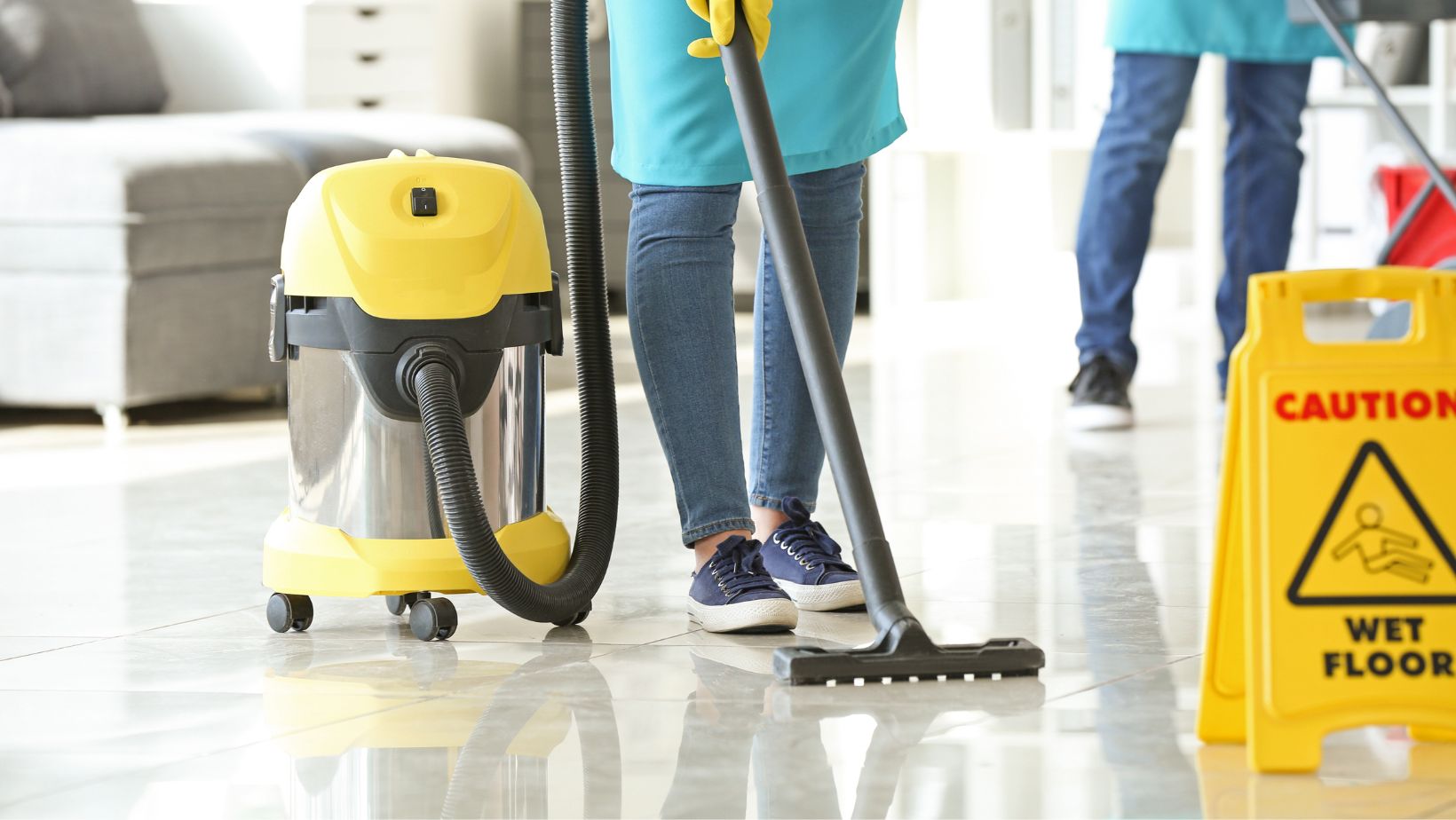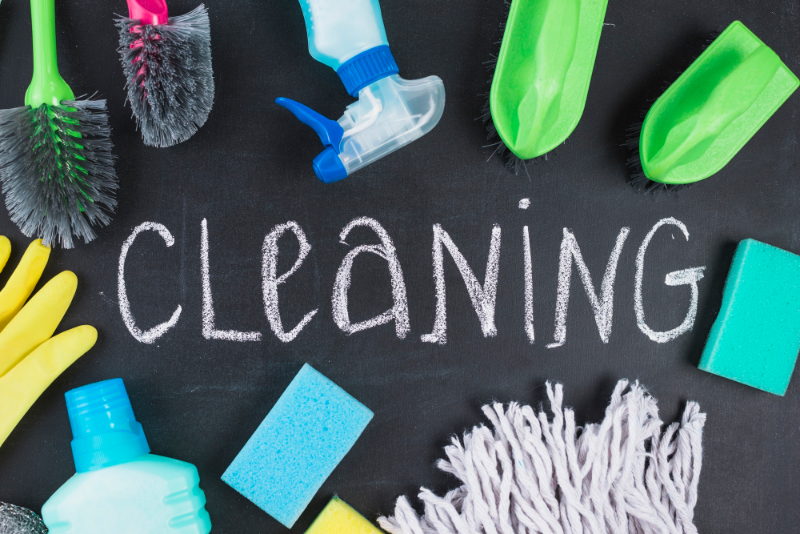Understanding the Requirement for Extensively Decontaminating and Disinfecting Frequently Touched Surfaces in High-Traffic Areas
In the world of public health and safety and security, the meticulous sanitation and sanitization of often touched surfaces in high-traffic locations stand as vital measures in protecting against the spread of damaging pathogens. The significance of this method extends much past mere cleanliness, delving into the world of illness prevention and area health. By exploring the different facets of surface disinfection, from the threats related to disregarding cleansing procedures to the effective methods that can be employed, a clearer understanding arises of the essential function these techniques play in securing public health and wellness. As we navigate this discussion, it comes to be obvious that the ramifications of thorough surface area sanitation resound not only within the boundaries of a certain setting but also reverberate on a more comprehensive range, influencing the health and security of people across varied common settings.
Significance of Surface Disinfection
Emphasizing the comprehensive sanitation of high-traffic surface areas is vital in preserving a sanitary setting and avoiding the spread of hazardous microorganisms. High-touch surface areas such as door handles, light buttons, elevator buttons, and countertops act as reproducing grounds for germs and infections. Regular sanitation of these surface areas is essential to lower the threat of contamination and transmission of health problems.
By implementing a robust sanitation protocol, organizations and institutions can produce a more secure setting for staff members, consumers, and visitors. Appropriate surface sanitation not just mitigates the spread of infectious conditions yet additionally infuses self-confidence in the tidiness and safety of the properties. This positive method demonstrates a dedication to wellness and health, which is particularly important in high-traffic locations where the chance of exposure to microorganisms is increased.
Furthermore, surface sanitation plays an essential function in overall infection control methods. Incorporated with hand health practices, wearing masks, and keeping physical distancing, extensive disinfection of high-touch surfaces forms an extensive defense against the transmission of hazardous bacteria. Focusing on surface area disinfection is a vital element of a holistic technique to health and safety and security in shared spaces.
Risks of Overlooking Cleaning Practices
Ignoring detailed sanitation of high-traffic surfaces significantly increases the risk of viral and microbial contamination, posturing a serious danger to the health and wellness and safety of people often visiting these areas. Failure to apply appropriate cleaning methods can result in the buildup and spread of unsafe virus, including germs and viruses, on often touched surfaces such as doorknobs, hand rails, elevator buttons, and counter tops.

Moreover, ignoring the value of complete cleansing not only endangers the wellness of individuals but additionally threatens efforts to preserve a clean and sanitary environment. It is critical to identify the value of proper sanitation methods in avoiding the spread of infections and guarding public health and wellness.
Effective Disinfection Techniques
To maintain optimum sanitation and lower the threat of contamination on high-traffic surface areas, utilizing reliable sanitation approaches is essential. One of one of the most reliable and common disinfection techniques is utilizing chemical disinfectants. These products can differ in stamina and structure, with some targeting specific virus like microorganisms or viruses. It is essential to comply with the supplier's directions for correct dilution, contact time, and air flow when making use of chemical anti-bacterials to guarantee their efficiency - defrosted and cleaned every few months.
Another effective approach is making use of UV-C light. UV-C light has actually been shown to be effective in killing a broad array of microorganisms by interrupting their DNA framework, thus stopping them from duplicating. It is necessary to use UV-C light correctly, guaranteeing that the correct intensity and direct exposure time are used to accomplish the desired sanitation results.
Furthermore, utilizing heavy steam cleansing as a disinfection approach can be extremely efficient, especially on surface areas that are heat-resistant. Heavy steam can penetrate porous surface areas and eliminate bacteria, infections, and other virus effectively. When using vapor cleaning, it is crucial to ensure that the surface reaches the required temperature level for an adequate quantity of time to guarantee correct sanitation.
Impact on Public Wellness
The maintenance of high standards of cleanliness and disinfection on high-traffic surface areas plays an important role in safeguarding public health and wellness. Often touched surface areas in areas with high step, such as doorknobs, handrails, elevator buttons, and restroom centers, function as reproducing premises for harmful microorganisms. Stopping working to sufficiently sanitize these surfaces can lead to the quick Visit Your URL spread of contagious illness within areas. By executing extensive disinfection protocols, the danger of transmission of viruses, microorganisms, and various other germs can be substantially lowered.
In high-traffic locations like airport terminals, institutions, hospitals, and public transportation systems, the influence of rigorous sanitation procedures can not be understated. Prioritizing the sanitization of often touched surface areas is an aggressive strategy to promoting public health and wellness and improving the safety and security of people in common rooms.
Applying Normal Cleansing Protocols
Without delay instituting and adhering to a regular routine of cleaning methods is critical for preserving the sanitation and safety of high-traffic surface areas. Regular cleaning procedures are necessary in avoiding the buildup of bacteria and virus on frequently touched surface areas, especially in locations with high foot website traffic. By executing a methodical technique to cleansing, organizations can effectively decrease the danger of disease transmission and create a healthier atmosphere for staff members, clients, and the public.
To establish an effective cleansing timetable, it is critical to identify high-traffic areas that need regular interest. These locations might include doorknobs, handrails, lift switches, restroom centers, and common devices. Executing a routine cleaning routine that targets these surface areas numerous times a day can significantly minimize the spread of dangerous germs and infections.
In addition, using appropriate cleansing representatives and anti-bacterials is key to guaranteeing that surface areas are thoroughly sterilized. Normal training of cleansing staff on appropriate cleansing methods and the value of adherence to the cleansing timetable is additionally vital in maintaining a hygienic setting. By focusing on constant cleansing protocols, companies can promote the health and health of individuals who engage with these high-traffic surfaces.

Final Thought
In verdict, it is important to prioritize detailed disinfection and sanitization of regularly touched surfaces in high-traffic locations to avoid the spread of dangerous microorganisms and maintain public health. It is essential to recognize the significance of keeping clean surfaces in high-traffic areas to ensure the wellness of the neighborhood.
In the realm of public health and security, the careful sanitation and sanitization of regularly touched surfaces in high-traffic locations stand as extremely important steps in protecting against the spread of dangerous pathogens. By checking out the numerous elements of surface sanitation, from the dangers connected with neglecting cleansing methods to the effective techniques that can be utilized, a more clear understanding arises of the essential function these methods play in protecting public health and wellness.In addition, utilizing vapor cleaning as a disinfection technique can be extremely efficient, specifically on surface areas that are heat-resistant. When utilizing vapor cleansing, it is important to guarantee official source that the surface reaches the needed temperature level for a sufficient quantity of time to ensure correct disinfection.
In see verdict, it is important to focus on extensive sanitation and sanitization of regularly touched surface areas in high-traffic locations to protect against the spread of hazardous microorganisms and keep public health and wellness.